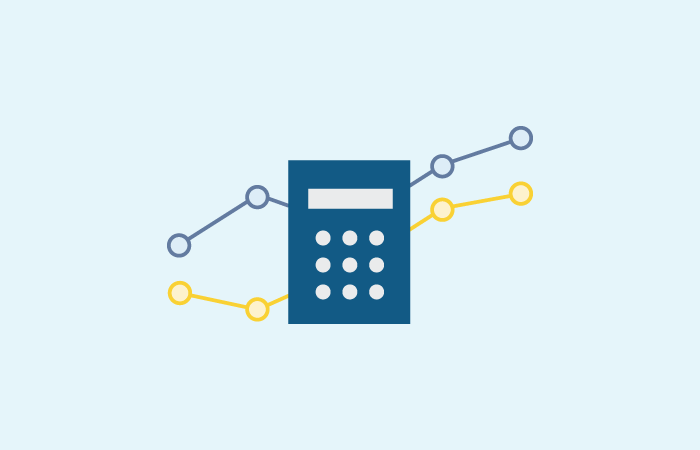Stress testing and capital planning are important for financial institutions in good times, but they are even more important in volatile times like these, when the coronavirus and pressures on the energy sector result in a financial crisis.
It is vital for banks and credit unions to have an idea of what a recession might do to their allowance levels and capital ratios, and how those impacts could affect plans for dividends or other distributions. However, one challenge for financial institutions in 2020 is that the economy in recent years has been so strong that institutions’ processes for capital analysis haven’t faced a lot of pressure or scrutiny, according to Neekis Hammond, Managing Director of Advisory Services at Abrigo.
“There’s been virtually no realized credit risk or seemingly realizable credit risk to a financial institution. This has resulted in theoretical assumptions for capital planning. Now, the stressed inputs are very real and very realizable.” he said.
Each year, the largest institutions must produce capital analysis and stress testing results for the Federal Reserve to show how they will fare during specific, simulated times of economic and financial stress, and to evaluate their capital adequacy assessment processes. Meanwhile, recognizing that other financial institutions are vital to their own communities, regulators also have a long history of requiring various stress tests on individual risk areas of other institutions. Institutions may regularly perform stress testing for the purpose of strategic planning and managing capital ratios – the key performance indicators for a financial institution’s safety and soundness.
“Now, the question for a financial institution is, what are reasonable default and loss estimates for a prolonged economic impact due to the global pandemic?” Hammond said. “Many institutions would have a difficult time supporting economic-based stress testing assumptions on their own due to capacity and/or confidence constraints. Obviously, there’s a lot of uncertainty about how the economy will recover and how that might impact their dividend limits or even how to reflect that in models. We’re not claiming to know what will happen; rather, we support sensitivity to changing conditions and produce multiple scenarios. The goal is to provide internal and external parties with a range of expectations. From there, they can have contingency plans.”







